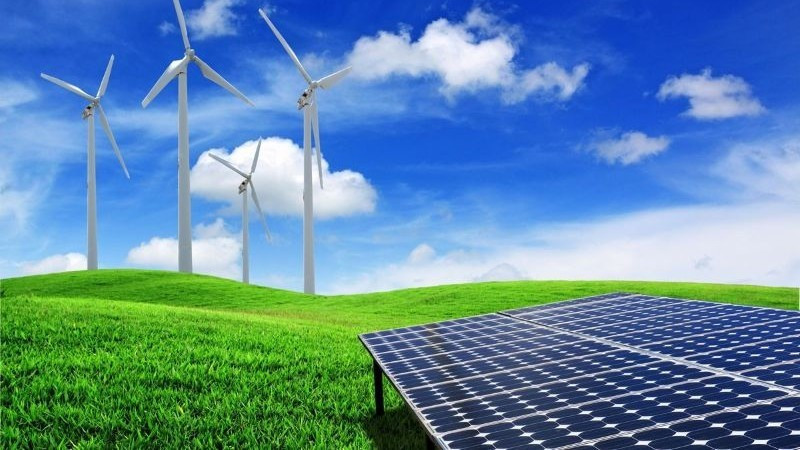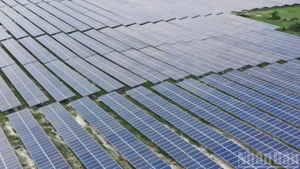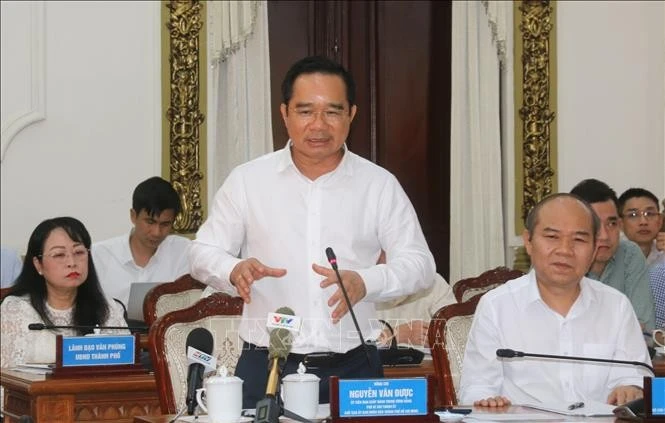Global trend
In the context of climate change and the gradual depletion of fossil fuels, the global trend is strongly shifting towards the use of renewable energy. Countries around the world clearly recognise the importance of developing clean energy sources, not only to protect the environment but also to ensure future energy security.
The European Union (EU), the United States (US), and China are prime examples of efforts to replace fossil fuels with renewable energy. These nations have set ambitious targets to increase the proportion of renewable energy in their total energy consumption. The rapid development of technology and investment in renewable energy infrastructure is opening new opportunities for the global economy while promoting the transformation of traditional industries towards more sustainable models.
The EU is among the leading regions regarding the restructuring of industries by developing clean energy infrastructure. With strong determination, the EU aims to increase the share of renewable and bioenergy sources to 60% by 2030 and expand offshore wind power capacity by 25 times by 2050, in order to achieve carbon neutrality by 2050.
Recognising the importance of sustainable development tied to renewable energy security, the US administration has implemented numerous strong policies to promote renewable energy and reduce carbon emissions.
The Infrastructure Investment and Jobs Act (IIJA) allocates 1.2 trillion USD, including 550 billion USD for renewable energy, to improve transportation, provide clean water, and upgrade infrastructure. The Inflation Reduction Act (IRA), worth 430 billion USD, continues to support energy security and encourage green energy production. The Energy Permitting Reform Act (EPRA) was enacted to improve the permitting process and meet electricity demand.
Since 2023, global investment in renewable energy has surged, reaching 1.7 trillion USD, with the US contributing 303 billion USD, underscoring the growing role of renewable energy in the economy.
As a country that has largely relied on fossil fuels (oil, gas, coal, etc.), China now places high importance on developing renewable energy sources, seeing it as a central task in building a world-leading economy.
The Chinese government has announced plans to increase the share of renewable fuels in primary energy consumption to about 25% by 2030. This is a key goal in China’s pledge to reduce carbon emissions before 2030, and also part of a comprehensive national energy reform programme aimed at gradually phasing out polluting fossil fuel power plants.
The trend of renewable energy in Vietnam
With a long coastline and tropical climate, Vietnam receives abundant solar energy. This is considered one of the country’s major advantages for developing the renewable energy industry.
According to the World Bank (WB), Vietnam is among the 14 countries with the highest hydropower potential. Currently, there are 387 hydropower plants in the country, with a total estimated capacity of over 8,000 MW. Thanks to its long coastline, Vietnam possesses substantial potential for wind energy, especially in the central, southern, and Central Highlands coastal regions, such as Ninh Thuan, Binh Thuan, Soc Trang, Tra Vinh, and Bac Lieu.
Located near the equator, Vietnam enjoys more than 2,500 hours of sunlight per year, with an average annual radiation of around 230–250 kcal/cm²/day. This gives Vietnam a significant advantage in harnessing solar energy to meet renewable energy demands.
According to a report by the Vietnam Electricity Group (EVN), by the end of 2023, the total installed capacity (with COD) of the national power system reached approximately 80,555 MW, an increase of about 2,800 MW compared to 2022. Of this, renewable energy sources (wind and solar) accounted for 21,664 MW (27%); coal-fired power was 26,757 MW (33.2%); and hydropower (including small hydropower) was 22,872 MW (28.4%). Vietnam's power system ranks first in ASEAN in terms of installed capacity.
The prime minister’s Decision No. 2068/QD-TTg approved Vietnam’s Renewable Energy Development Strategy to 2030, with a vision to 2050. The core viewpoint is to develop renewable energy in tandem with achieving economic, social, and environmental goals. Integrating renewable energy development with these goals is essential. Renewable energy not only expands in scale and increases its share in energy supply but also meets energy demands in rural areas, promotes production, and builds a more efficient and environmentally friendly society. This development must be based on local resources and needs.
Additionally, renewable energy development should be linked to equipment manufacturing. Priority should be given to sectors such as wind power, solar power, and biomass power, while expanding market demand and enhancing international cooperation for technology transfer. The goal is to achieve technological autonomy, improve competitiveness, and develop a sustainable renewable energy industry.
The future of renewable energy promises to bring positive changes to the global economy and the living environment. With rapid technological advancements and government support policies, renewable energy will not only become a primary electricity source but also help in reducing carbon emissions and combatting climate change.
Investment in renewable energy will not only create millions of new jobs but also build a more sustainable energy system for future generations.
















